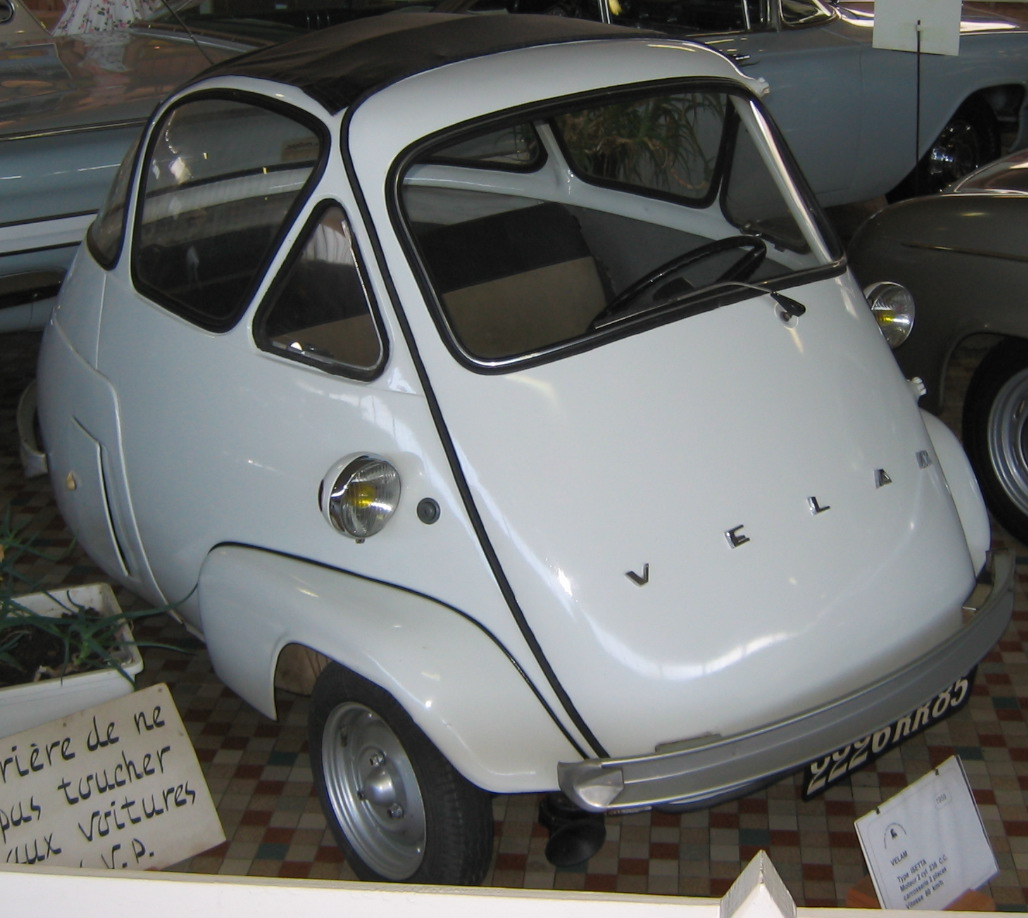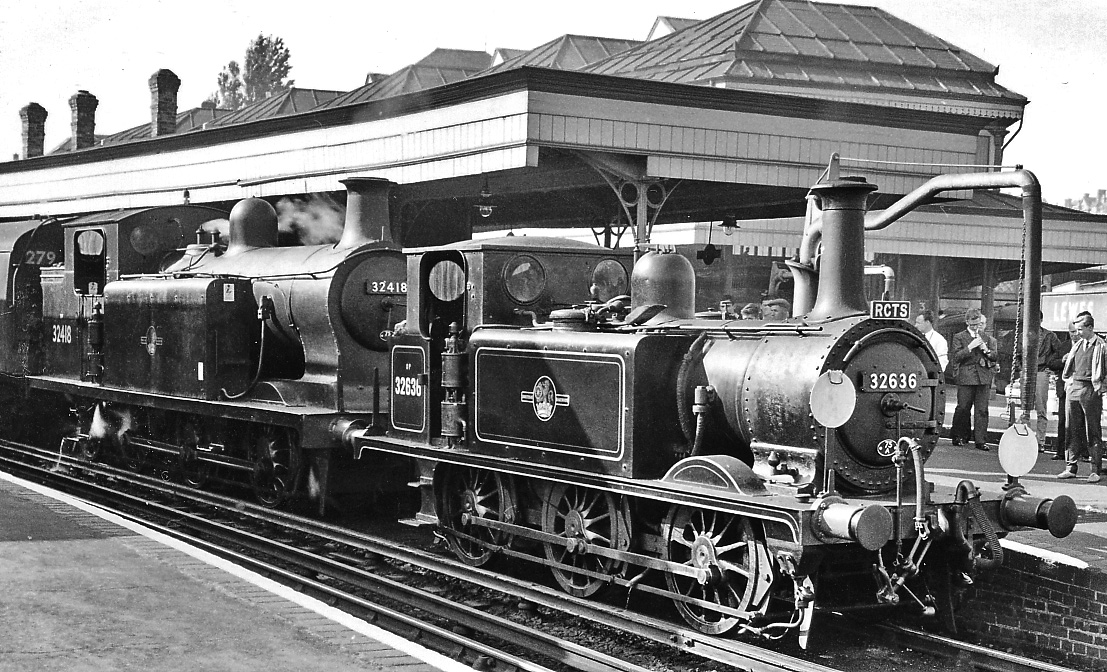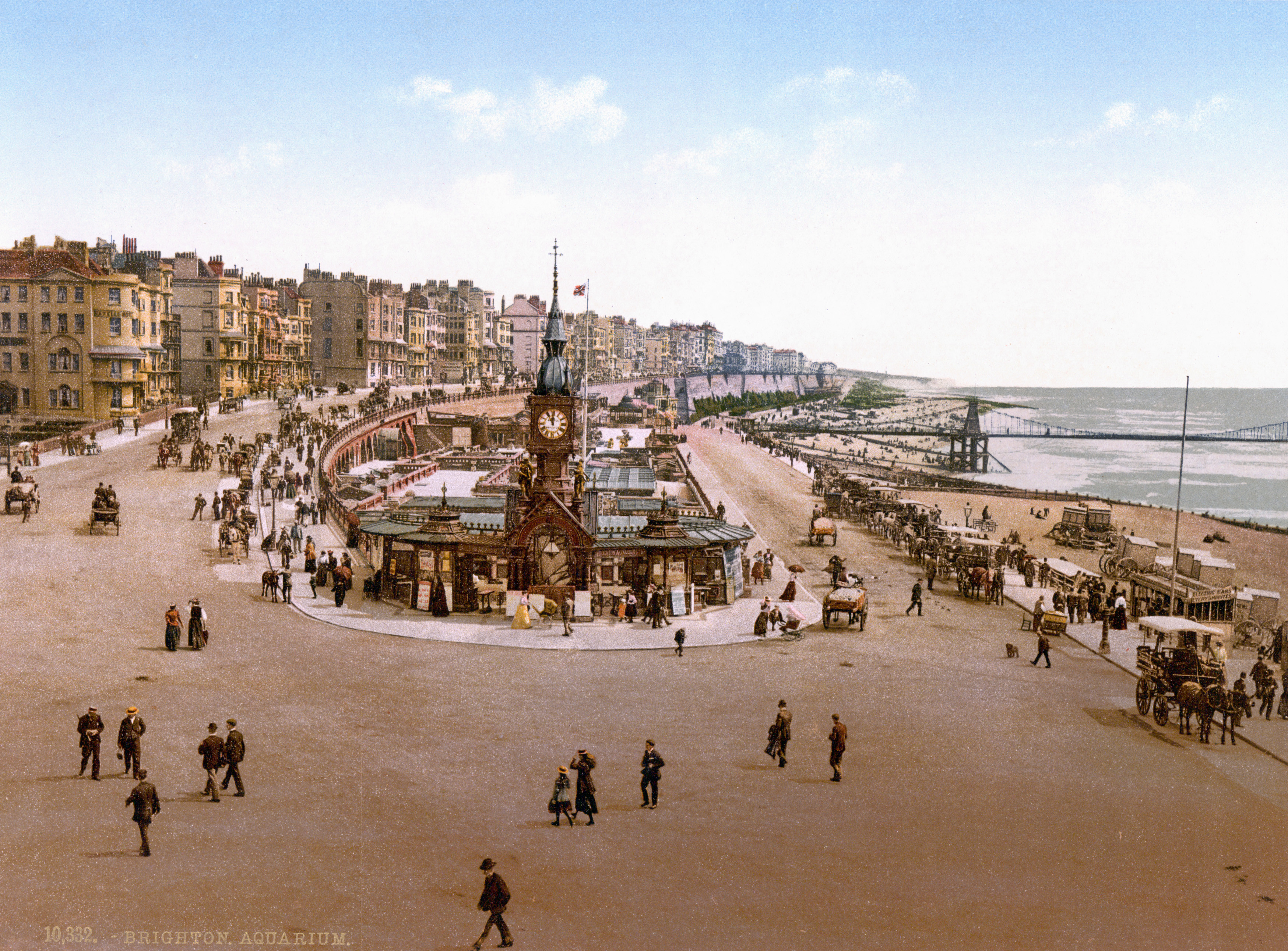|
Brighton Railway Station
Brighton railway station is the southern terminus of the Brighton Main Line in England, and the principal station serving the city of Brighton, East Sussex. It is from via . The station is managed by Govia Thameslink Railway, which operates all of the services. It was built by the London & Brighton Railway in 1840–41, initially only connecting Brighton to Shoreham-by-Sea, westwards along the coast, in May 1840. It finally connected a year later inland to Haywards Heath and London Bridge in September 1841 via the just-completed Clayton Tunnel; and then in 1846 to the county town of Lewes to the east via the London Road Viaduct. The railway became the London, Brighton & South Coast Railway in 1846 following mergers with other railways with lines between Portsmouth and Hastings. With over 17 million passenger entries and exits in 2018/19, Brighton is the seventh-busiest station in the country outside London. History and development The London & Brighton Railway (L&BR) ... [...More Info...] [...Related Items...] OR: [Wikipedia] [Google] [Baidu] |
Brighton
Brighton () is a seaside resort and one of the two main areas of the City of Brighton and Hove in the county of East Sussex, England. It is located south of London. Archaeological evidence of settlement in the area dates back to the Bronze Age, Roman and Anglo-Saxon periods. The ancient settlement of "Brighthelmstone" was documented in the ''Domesday Book'' (1086). The town's importance grew in the Middle Ages as the Old Town developed, but it languished in the early modern period, affected by foreign attacks, storms, a suffering economy and a declining population. Brighton began to attract more visitors following improved road transport to London and becoming a boarding point for boats travelling to France. The town also developed in popularity as a health resort for sea bathing as a purported cure for illnesses. In the Georgian era, Brighton developed as a highly fashionable seaside resort, encouraged by the patronage of the Prince Regent, later King George IV, who spent ... [...More Info...] [...Related Items...] OR: [Wikipedia] [Google] [Baidu] |
Nine Elms Railway Station
Nine Elms railway station in the London district of Battersea was opened on 21 May 1838 as the London terminus of the London and Southampton Railway which on the same day became the London and South Western Railway. The building in the neoclassical style was designed by Sir William Tite. The station was inconveniently situated for travel to central London, with the necessity to complete the journey by road or by the steam boats connecting the station to points between Vauxhall and London Bridge. The station was closed to passengers from 11 July 1848 when the L&SWR opened its metropolitan extension, the Nine Elms to Waterloo Viaduct from Nine Elms to Waterloo (then called Waterloo Bridge Station), and the area adjacent to the station housed the L&SWR's carriage and wagon works until their relocation to Eastleigh in 1909. After closure to passengers the station and surrounding tracks continued in use for goods traffic. In 1941 the building was damaged by German bombs and it w ... [...More Info...] [...Related Items...] OR: [Wikipedia] [Google] [Baidu] |
Isetta
The Isetta is an Italian-designed microcar built under license in a number of different countries, including Argentina, Spain, Belgium, France, Brazil, Germany, and the United Kingdom. Because of its egg shape and bubble-like windows, it became known as a bubble car, a name also given to other similar vehicles. In 1955, the BMW Isetta became the world's first mass-production car to achieve a fuel consumption of . It was the top-selling single-cylinder car in the world, with 161,728 units sold. Initially manufactured by the Italian firm Iso SpA, the name ''Isetta'' is the Italian diminutive form of ''Iso'', meaning "little Iso". The Isetta was featured on “Family Matters” as Steve Urkel’s car starting in season four. __TOC__ Iso Isetta (Italy) The car originated with the Italian firm of Iso SpA. In the early 1950s the company was building refrigerators, motor scooters and small three-wheeled trucks. Iso's owner, Renzo Rivolta, decided to build a small car for mass di ... [...More Info...] [...Related Items...] OR: [Wikipedia] [Google] [Baidu] |
Lancing Carriage Works
Lancing carriage and wagon works was a railway carriage, railway carriage and wagon building and maintenance facility in the village of Lancing, West Sussex, Lancing near Shoreham-by-Sea in the county of West Sussex in England from 1911 until 1965. History under the LB&SCR The cramped situation of Brighton railway works and the lack of space to expand was a constant problem for the chief engineers of London, Brighton and South Coast Railway (LB&SCR). In 1902 it was decided to move the carriage and wagon works to Lancing to relieve the pressure on Brighton and in 1905 the company purchased land at Lancing to add to its existing holding giving for a works. The works were constructed in 1907–10, with wagon production started in 1909 and carriage production in early 1912 with many employees transferred from Brighton. Because of the rural situation of the new factory the railway operated a special daily train from Brighton for the workforce. This became known familiarly as the ... [...More Info...] [...Related Items...] OR: [Wikipedia] [Google] [Baidu] |
Brighton Works
Brighton railway works (also known as Brighton locomotive works, or just the Brighton works) was one of the earliest railway-owned locomotive repair works, founded in 1840 by the London and Brighton Railway in Brighton, England, and thus pre-dating the more famous railway works at Crewe Works, Crewe, Doncaster Works, Doncaster and Swindon Works, Swindon. The works grew steadily between 1841 and 1900 but efficient operation was always hampered by the restricted site, and there were several plans to close it and move the facility elsewhere. Nevertheless, between 1852 and 1957 more than 1200 steam locomotives as well as prototype diesel electric locomotive, diesel electric and electric locomotives were constructed there, before the eventual closure of the facility in 1962. After use as a factory for constructing bubble cars, the facility was demolished and has since been redeveloped as part of the New England Quarter of Brighton. London and Brighton Railway The earliest locomotive ... [...More Info...] [...Related Items...] OR: [Wikipedia] [Google] [Baidu] |
New England Quarter
The New England Quarter is a mixed-use development in the city of Brighton and Hove, England. It was built between 2004 and 2008 on the largest brownfield site in the city, adjacent to Brighton railway station. Most parts of the scheme have been finished, but other sections are still being built and one major aspect of the original plan was refused planning permission. The site, a steeply sloping hillside between a main railway line and one of Brighton's main roads, had been the home of a railway locomotive works and goods yard for more than a century. High-density housing was built at the same time and surrounded the railway buildings. From the 1960s, the area fell into decline: the works and goods yard were closed and demolished, and most of the housing was cleared. This left large areas of derelict land which attracted small-scale redevelopment and transient commercial enterprises. Proposals for redevelopment were made from the 1980s onwards; in 2001 a master plan was gran ... [...More Info...] [...Related Items...] OR: [Wikipedia] [Google] [Baidu] |
World War II
World War II or the Second World War, often abbreviated as WWII or WW2, was a world war that lasted from 1939 to 1945. It involved the vast majority of the world's countries—including all of the great powers—forming two opposing military alliances: the Allies and the Axis powers. World War II was a total war that directly involved more than 100 million personnel from more than 30 countries. The major participants in the war threw their entire economic, industrial, and scientific capabilities behind the war effort, blurring the distinction between civilian and military resources. Aircraft played a major role in the conflict, enabling the strategic bombing of population centres and deploying the only two nuclear weapons ever used in war. World War II was by far the deadliest conflict in human history; it resulted in 70 to 85 million fatalities, mostly among civilians. Tens of millions died due to genocides (including the Holocaust), starvation, ma ... [...More Info...] [...Related Items...] OR: [Wikipedia] [Google] [Baidu] |
Help (dog)
Help (1878 – December 1891) was a Scotch collie dog which gained fame through being used to collect money for charity. Bred in the vicinity of Hailes Castle in East Lothian by William Riddell, in 1880 Help was donated to John Climpson. Climpson, who was the long-serving guard of the night boat train to Newhaven on the London, Brighton and South Coast Railway, had previously had the idea of using a dog to obtain donations for the Orphans Fund of the Amalgamated Society of Railway Servants (ASRS). He did not provide Help with any special training, the dog simply being fitted with a wooden collecting box on his back, and a silver collar and medal. The medal was inscribed: "I am Help, the railway dog of England, and travelling agent for the orphans of railwaymen who are killed on duty. My office is at 306, City Road ater 55, Colebrooke Row London, where subscriptions will be thankfully received and duly acknowledged". While Help often travelled with Climpson, he was also le ... [...More Info...] [...Related Items...] OR: [Wikipedia] [Google] [Baidu] |
Brighton Station Roof
Brighton () is a seaside resort and one of the two main areas of the City of Brighton and Hove in the county of East Sussex, England. It is located south of London. Archaeological evidence of settlement in the area dates back to the Bronze Age, Roman and Anglo-Saxon periods. The ancient settlement of "Brighthelmstone" was documented in the ''Domesday Book'' (1086). The town's importance grew in the Middle Ages as the Old Town developed, but it languished in the early modern period, affected by foreign attacks, storms, a suffering economy and a declining population. Brighton began to attract more visitors following improved road transport to London and becoming a boarding point for boats travelling to France. The town also developed in popularity as a health resort for sea bathing as a purported cure for illnesses. In the Georgian era, Brighton developed as a highly fashionable seaside resort, encouraged by the patronage of the Prince Regent, later King George IV, who spent mu ... [...More Info...] [...Related Items...] OR: [Wikipedia] [Google] [Baidu] |
Queen’s Road, Brighton
Queen's Road, Brighton is a major street in Brighton, East Sussex. It was rebuilt during an 1845 slum clearance programme to connect Brighton railway station to the town centre. It is part of the A2010 road, and connects the station to the Jubilee Clock Tower where it meets Western Road, West Street and North Street. History In 1822 there were 25 buildings where the street was built. Part of the land had been a burial ground since the 1700s. When Queen's Road was built, it formed the new boundary to the burial ground of Hanover Chapel. Previously Windsor Terrace had run along the west side of Queen's Road, having been built in 1830. The raised pavement and iron railings running between North Road and Church Street date back to this period and have Grade II listed building In the United Kingdom, a listed building or listed structure is one that has been placed on one of the four statutory lists maintained by Historic England in England, Historic Environment Scotland in Sco ... [...More Info...] [...Related Items...] OR: [Wikipedia] [Google] [Baidu] |
Brighton Lewes And Hastings Railway
The Brighton, Lewes and Hastings Railway was an early railway in southern England that built the East Coastway line running between the three East Sussex towns mentioned in its name. The company existed from February 1844 but only operated trains for a few weeks during June and July 1846 before it was amalgamated with other companies to form the London Brighton and South Coast Railway (LB&SCR) on 27 July 1846. History Authorisation The 1837 Act of Parliament establishing the London and Brighton Railway (LBR), authorised the construction of branch lines to Shoreham and to Newhaven (East Sussex), but only the first of these was built. A new company was created in 1844 to build the second such a line, with an extension to join the South Eastern Railway at Hastings, which would be operated by the LBR. The new company received Parliamentary approval on 29 July 1844, with permission for the directors to sell their concern to the LBR. The sale took place in 1845, although the compa ... [...More Info...] [...Related Items...] OR: [Wikipedia] [Google] [Baidu] |
Brighton Station Interior, With 'Schools' 30925 On Rail Tour Geograph-2665127-by-Ben-Brooksbank
Brighton () is a seaside resort and one of the two main areas of the City of Brighton and Hove in the county of East Sussex, England. It is located south of London. Archaeological evidence of settlement in the area dates back to the Bronze Age, Roman and Anglo-Saxon periods. The ancient settlement of "Brighthelmstone" was documented in the ''Domesday Book'' (1086). The town's importance grew in the Middle Ages as the Old Town developed, but it languished in the early modern period, affected by foreign attacks, storms, a suffering economy and a declining population. Brighton began to attract more visitors following improved road transport to London and becoming a boarding point for boats travelling to France. The town also developed in popularity as a health resort for sea bathing as a purported cure for illnesses. In the Georgian era, Brighton developed as a highly fashionable seaside resort, encouraged by the patronage of the Prince Regent, later King George IV, who spent mu ... [...More Info...] [...Related Items...] OR: [Wikipedia] [Google] [Baidu] |










